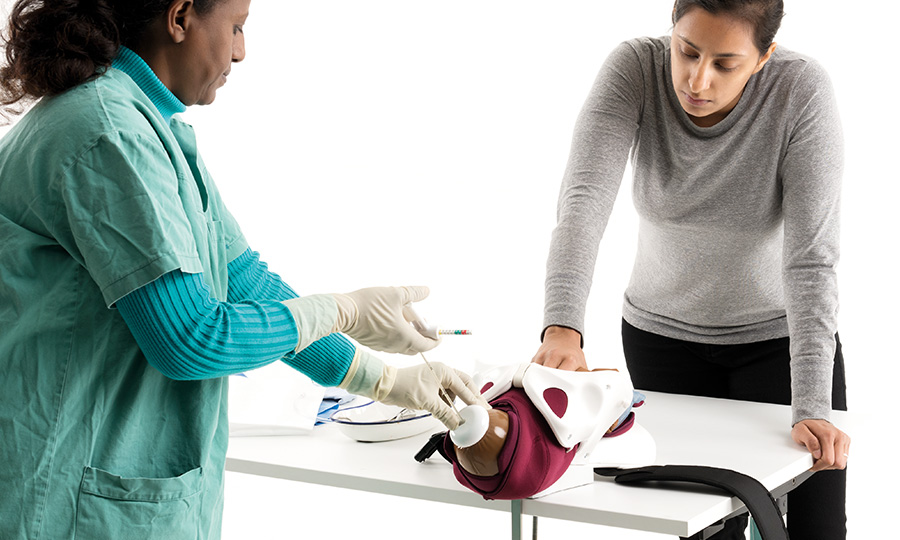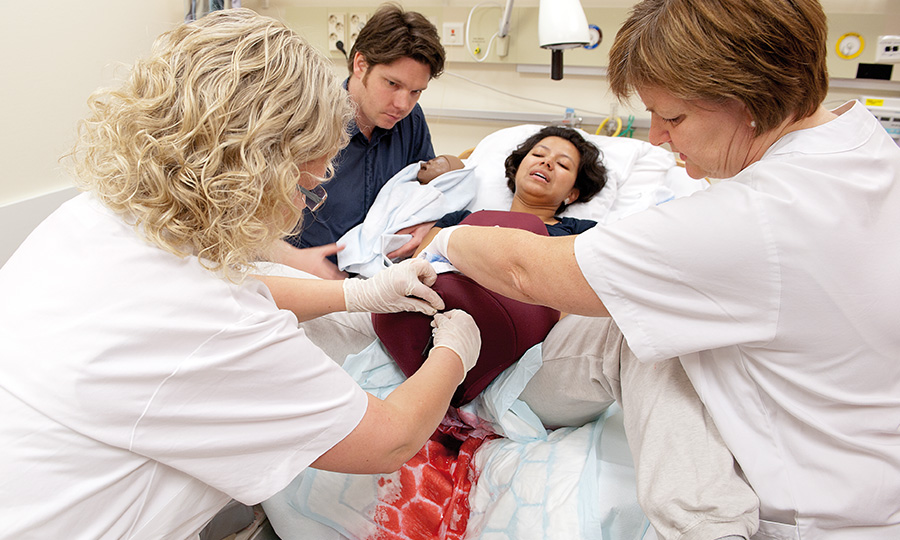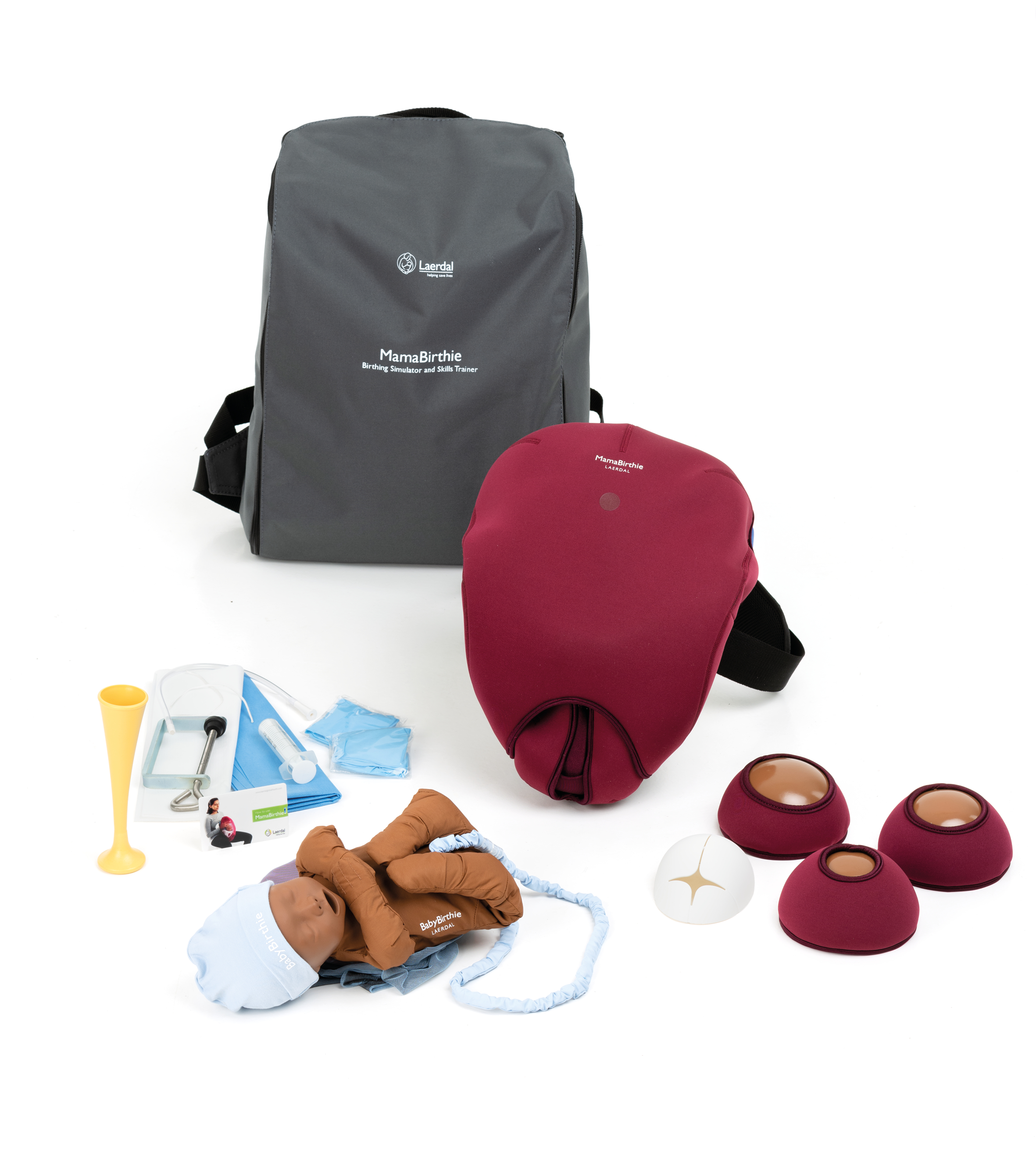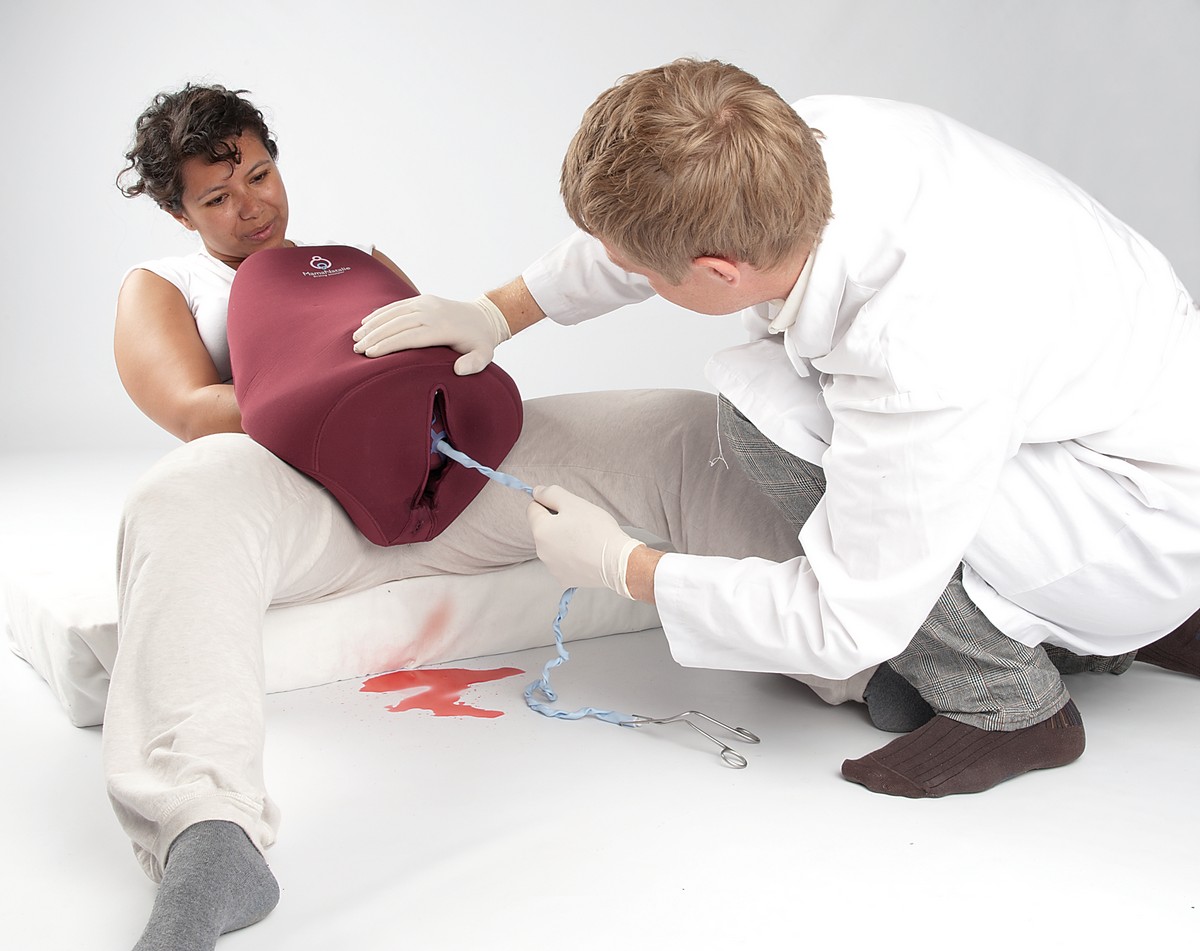
Rollen av low-fidelity-simulering vid värkar och förlossning
Förbättra mödravård och neonatalvård
Simulering av förlossningsscenarier kan hjälpa vårdpersonal att känna igen och eventuellt lindra incidenter för nya mödrar och nyfödda barn.1 Den grad av realism eller trovärdighet som väljs för dessa scenarier behöver dock inte alltid vara extrem. När utbildare börjar planera scenarier kring förlossning och förlossning är det ofta så att de snabbt väljer att använda naturtrogna förlossningssimulatorer i helkropp. Men beroende på inlärningsmålen kan arbetet med att planera och sätta upp en naturtrogen simulering vara onödigt och resurskrävande.
Simuleringar med låg naturtrogenhet kan ge studenterna en mängd träningserfarenhet – till en minimal kostnad. Här sammanfattar vi tre sätt som du kan använda simuleringar med låg naturtrogenhet för att minska förebyggbara skador på mödrar och nyfödda.
Task Trainers – How Your Learners Can Improve Skills Performance
Situations that require repeated practice are best suited for use of a task trainer. For example, a great opportunity to use a task trainer is in the training of birthing assessments and different delivery protocols. Learners can practice hands-on, psychomotor skills independently and at their own pace without the complexity of a high-fidelity simulation.
In a study evaluating the training of shoulder dystocia using a birthing simulator, learners saw a 44% improvement in the following.2
- Assessment
- Call for help
- Positioning
- Suprapubic pressure
- Episiotomy assessment
- Internal rotation
- Delivery of posterior arm
Using a task trainer, students can focus on the fundamentals of building their confidence in performing specific skills and educators can measure and confirm that learners have mastered those skills. From here, learners can advance onto high-fidelity simulations or treat real patients, knowing they have the necessary foundational experience.
If your learners are in need of repetitive, isolated skills practice, a task trainer may be what you need to integrate into your training.
Standardized Patients – Improving Skills Performance for New Learners
The use of standardized patients (SP)s can be beneficial to develop a practitioner’s interpersonal communication skills. Because SPs can verbalize symptoms that they are experiencing, they are particularly useful in gathering patient history and diagnosing symptoms. By using a SP’s body language to convey certain information, healthcare professionals are required to be more observant of their patient.
One scenario developed by the University of Washington Medical Center Labor & Delivery Unit proved the benefits of using a SP in a birth scenario. Enacting an obstetrical bleeding emergency, the SP provided critical triggers to the healthcare team. As the patient’s condition worsened, the SP became anxious and concerned.3 By using this type of practice, learners improved their observational and professional skills.
By incorporating a SP into your scenario, you can introduce a real, human element to your simulation training. Learners can converse with a "real" patient, observing physical cues and considering their overall demeanor to form a more complete diagnosis.
Combining the Two – Hybrid Simulation Offers the Best of Both Worlds
Task trainers and SPs share one key benefit: they both can be included in your simulations in creative ways. You are free to be as imaginative as you'd like – especially if you consider hybrid simulation as an option. Hybrid simulation is when two or more simulation modalities are used in the same simulation session (i.e. attaching a task trainer to a SP). Using this form of simulation can allow for an integrated practice of both technical and communication skills.4
Research shows that learners have more engaging patient interactions with a SP but are likely to use a realistic, procedural touch more frequently with manikins.4 Hybrid simulation is one means to improve both clinical treatment and a learner’s patient interaction skills.
By combining the two forms of simulation in one scenario, you can effectively teach the complexities associated with birth, while also helping learners develop their communication and rapport with a patient.
Inom simulering finns det aldrig en lösning som passar alla
Med hänsyn till programmets storlek, budget och mål för inlärning är det rimligt – och nödvändigt – att varje simulering är annorlunda. För scenarier som inte kräver naturtrogen och kostsam simuleringsutrustning finns det andra alternativ.
Färdighetstränare och standardiserade patienter har sina unika roller, oavsett om de används tillsammans eller enskilt. De kan stärka grundläggande kliniska bedömnings- och procedurkunskaper och bidra till att utveckla elevens interpersonella och kommunikativa färdigheter. Ännu mer spännande är att när de används tillsammans och på rätt sätt kan de hjälpa till att uppnå båda färdigheterna hos eleverna.
Läs mer om lösningarna som Laerdal erbjuder

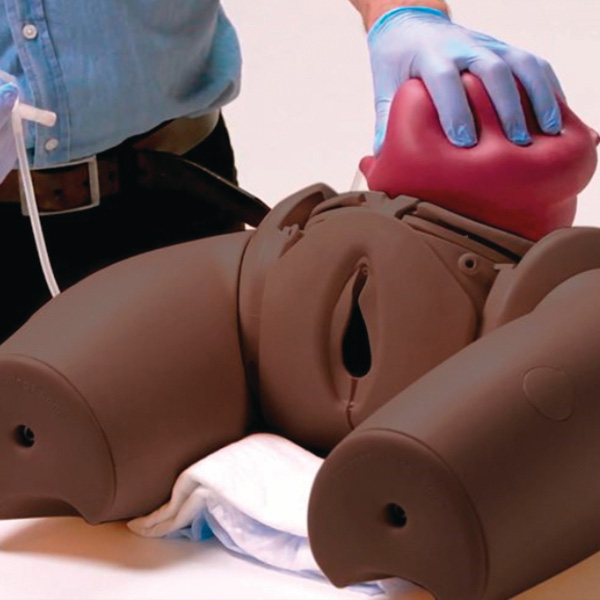
Vill du ha mer innehåll som detta?
Registrera dig för e-postuppdateringar från Laerdal Medical. Du kan ange dina intressen och få nytt utbildningsinnehåll, uppdateringar, information om evenemang med mera.
Referenser
- Le Morvan, P. & Stock, B. (2005). Medical learning curves and the Kantian ideal. Journal of Medical Ethics, 31(9); 513-518.
- Fialkow, M.F., Adams, C.R., Carranza, L., Golden, S.J., Benedetti, T.J., & Fernandez, R. (2014). An in situ standardized patient based simulation to train postpartum hemorrhage and team skills on a labor and delivery unit. Simulation in Healthcare: The Journal of the Society for Simulation in Healthcare, 9(1): 65-71. doi:10.1097/SIH.0000000000000007
- Flynn, K. (2012). The use of standardized patients to minimize anxiety in undergraduate nursing students in the clinical setting. Hämtad från http://sophia.stkate.edu/cgi/viewcontent.cgi?article=1057&context=ma_nursing
- Lopreiato, J.O. (2016). Healthcare simulation: Dictionary. Rockville, MD: Agency for Healthcare Research and Quality
- Coffey, F. Tsuchiya, K., Timmons, S., Baxendale, B., Adolph, S., & Atkins, S. (2016). Simulated patients versus manikins in acute-care scenarios. Clin Teach, 13(4): 257-61. doi: 10.1111/tct.12425
